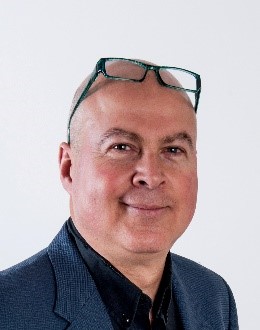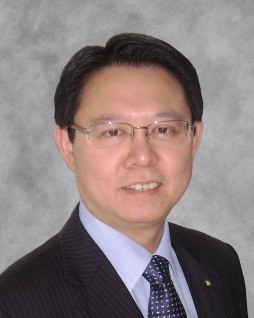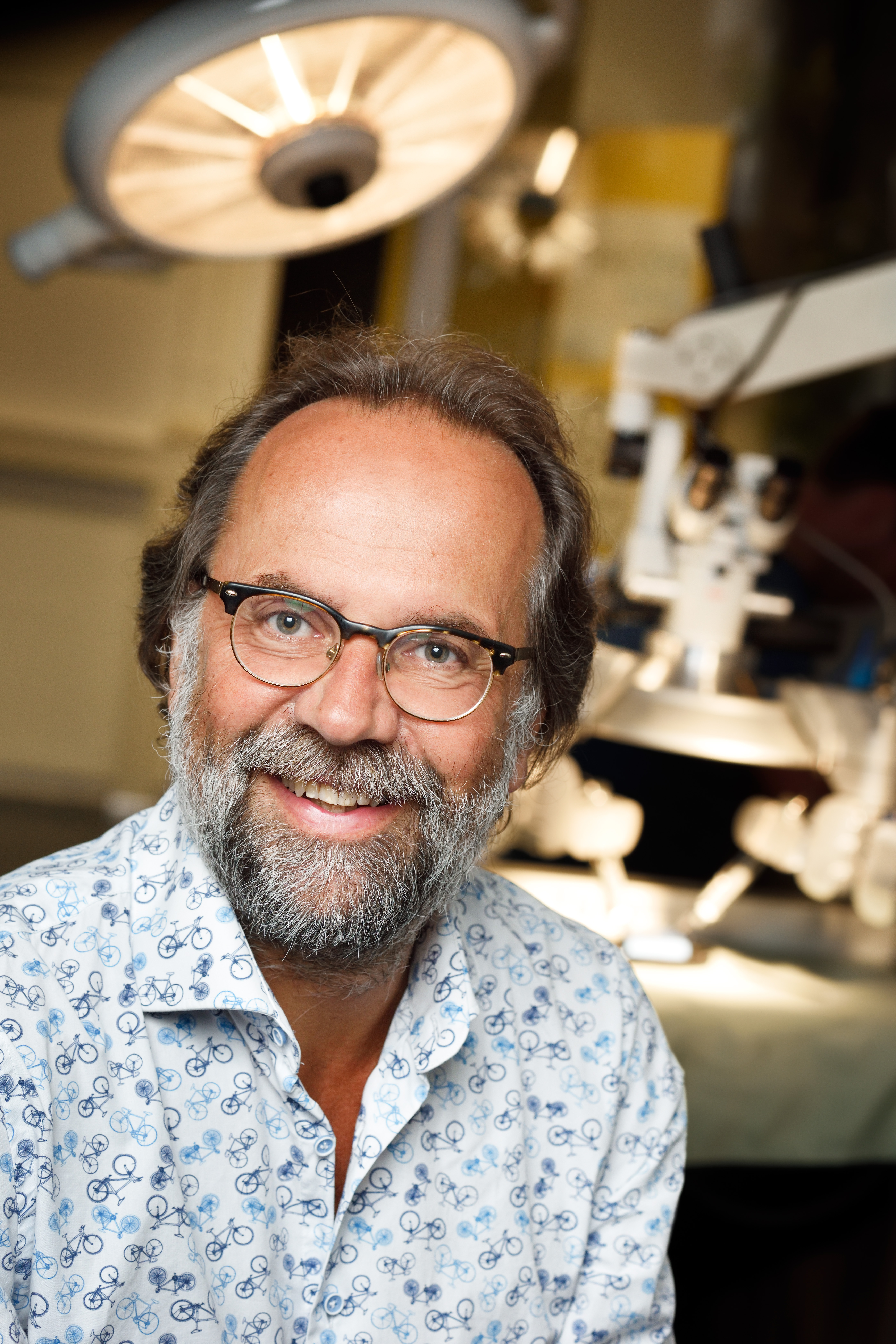
MIT, Cambridge, MA, USA

Dr. Hermano Igo Krebs has been a Principal Research Scientist at MITfs Mechanical Engineering Department and the Director of The77Lab (http://the77lab.mit.edu/). He also holds an affiliate position as an Adjunct Professor at University of Maryland, Department of Neurology, and as a Visiting Professor at Fujita Health University (Japan), at University of Newcastle, (UK), at Osaka University (Japan), at Loughborough University (UK), and at Sogang University (South Korea). He is a Fellow of the IEEE and received gThe 2009 Isabelle and Leonard H. Goldenson Technology and Rehabilitation Award,h from the Cerebral Palsy International Research Foundation (CPIRF) and the 2015 IEEE-INABA Technical Award for Innovation leading to Production. He was one of the founders and the Chairman of the Board of Directors of Interactive Motion Technologies from 1998 to 2016. He successfully sold it to Bionik Laboratories, a publicly traded company, where he served as its Chief Science Officer and as a member of the Board of Directors until July 2017. He later founded 4Motion Robotics.
Novel Actuators and Sensors for Human-Robot Interaction
The last 25 years have seen a paradigm shift in robotics, moving the field from the gclassicalh settings considered too dangerous for general human use (space, nuclear facilities, underwater, bomb squad) or industrial spaces (spot welding, IC insertion) to literally anybodyfs living room. The extent of the impact of this work is yet to be fully appreciated, but suffice to say that the space of human-robot interaction (HRI) has grown steadily, making significant contributions and introducing robotics to literally anybodyfs living room. In this talk, I will examine some of our recent efforts to facilitate and advance HRI including:
- Feedback Control - we examined ways to modify the dynamic response of high force non-backdrivable actuators using feedback
- Intrinsically-Variable Mechanical Impedance - we examined how to alter the dynamic response of high force non-backdrivable actuators by altering the actuator structure
- Macro-Micro Actuation Approach - we examined how to interleave actuators with very distinct characteristics in effect designing a continuously variable transmission
- Development of an Optical Sensor Capable of Measuring Distance, Tilt, and Contact Force.

Professor Xinghuo Yu is an Associate Deputy Vice-Chancellor and a Distinguished Professor at RMIT University (Royal Melbourne Institute of Technology), Melbourne, Australia. He is the Junior Past President of IEEE Industrial Electronics Society (2020-2021). His main research areas include control systems engineering, intelligent and complex systems, and future energy systems. He received many awards and honours for his contributions, including the 2018 MA Sargent Medal from Engineers Australia, the 2018 Australasian AI Distinguished Research Contribution Award from Australian Computer Society, and the 2013 Dr.-Ing. Eugene Mittelmann Achievement Award from IEEE Industrial Electronics Society. He is a Fellow of IEEE, IET, Engineers Australia, and Australian Institute of Company Directors.
Terminal Sliding Mode Control Approach
Sliding mode control (SMC) has been studied and used extensively due to its robustness and simplicity. Central to SMC is the sliding motion which is induced by a disruptive (discontinuous) control forcing the states of the controlled system into a prescribed subdynamics that exhibit desired control performance. Finite-time reachability of the switching manifolds is required in order to induce the system states into the sliding motion. However, asymptotical convergence is embedded in the conventional switching manifolds. Terminal SMC (TSMC) has been developed in recent years that enables finite-time reachability of the system equilibrium. The advantage of such a control strategy is the enhanced robustness, higher steady state precision, and simplicity in implementation. In this talk, we will first introduce the basics of TSMC, and then present an overview of its recent developments in TSMC theory and applications, as well as its challenging research issues. In particular, we will demonstrate how to use TSMC in Sensing, Actuation, Motion Control, and Optimization (SAMCON), the very theme of this conference.

Professor Maarten Steinbuch (born 1960 in Zeist, Netherlands) is a high-tech systems scientist, entrepreneur and communicator. He holds the chair of Systems & Control at Eindhoven University of Technology (TU/e), where he is Distinguished University Professor. The research of his group spans from automotive engineering (with a focus on connected cars and clean vehicles) to mechatronics, motion control, and fusion plasma control. He is most known for his work in the field of advanced motion control and mechatronics, as well as in robotics for high precision surgery. Steinbuch is a prolific blogger and a key opinion leader on the influence of new technologies on society. He is well known as an advocate of electric vehicles.
Pushing the limits of performance
Moore's law is chasing us with its exponential rate of change. This is the reason precision high tech equipment, such as used in the semiconductor industry, challenges the frontiers of mechatronic design and motion systems and control theory and practice. The nanometer specifications are a true driver for the battle with performance limits. From this we learn how to balance between our love for methods and theory and what actually helps in practice and can have impact. The use of non linear controllers for the control of linear plants, still resembles a dream to bypass the Bode Sensitivity limitations. It is also clear that in order to progress and push limits, the addition of real-time data to our model-based approaches is necessary. This results in research on data-driven control, iterative learning and repetitive control. Others examples are surgical robotics, which can greatly benefit from the experiences of the high tech motion systems industry. The same holds for our soccer playing robots, with which we are worldchampion. We are converting our lessons with playing soccer to service robotics and AGVs, including autonomous driving.